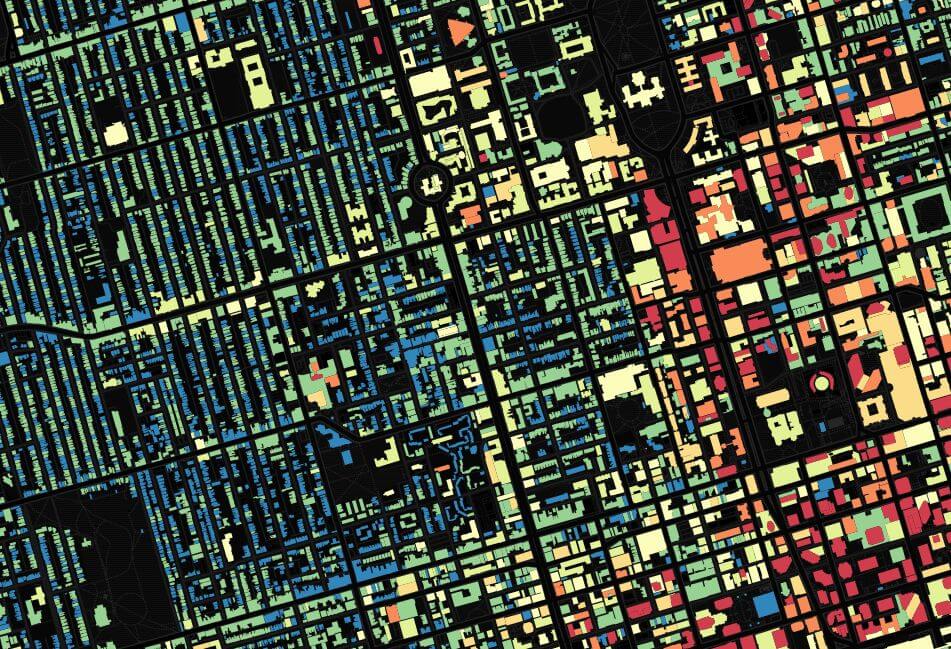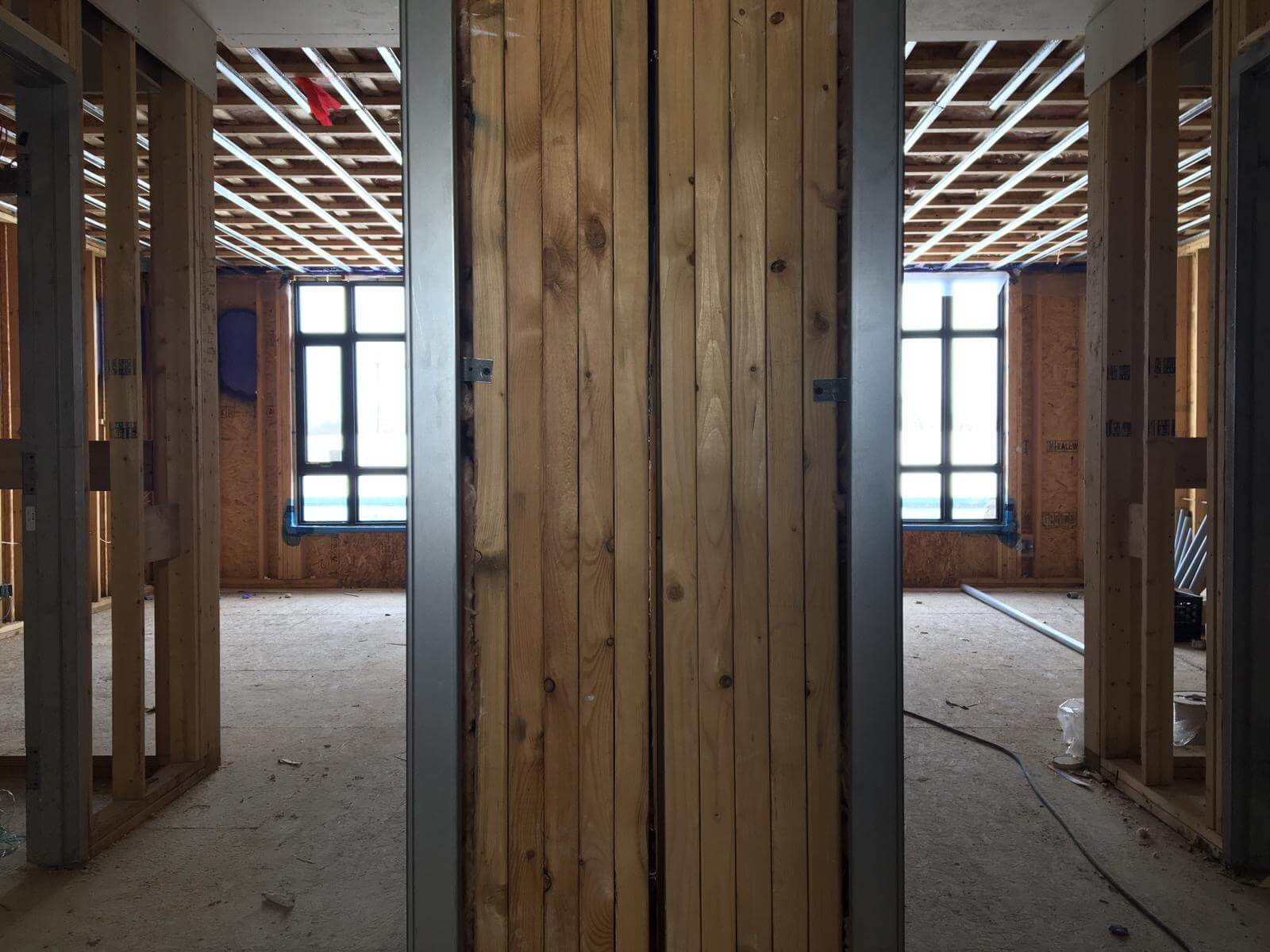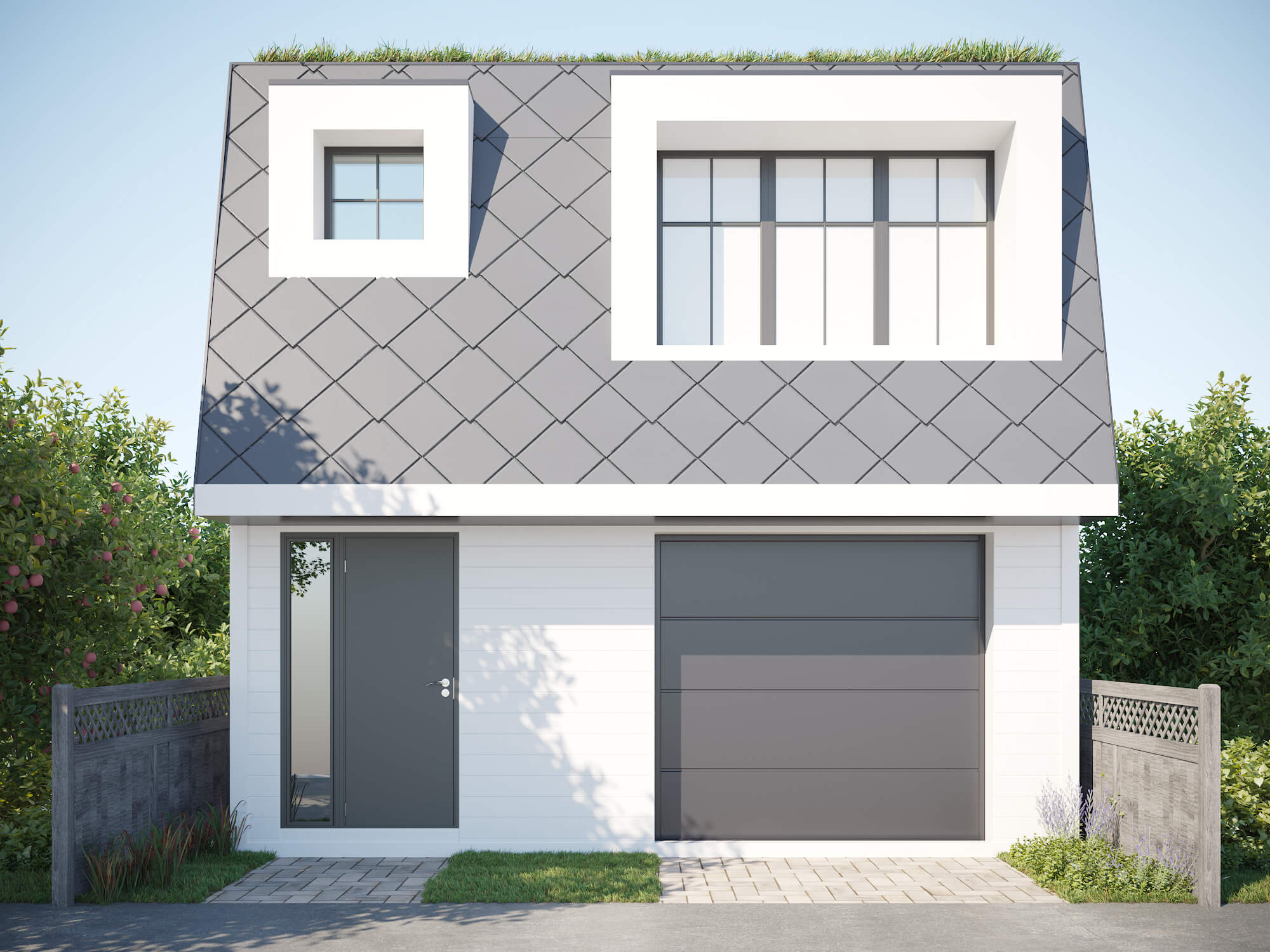We build in established communities that are amenity-rich, transit-oriented and in need of densification.
We believe that solving Canada’s housing crisis is not just about building more homes – but building homes in communities where people want to live, in a way that is conducive to a sustainable city. Across Canada, most cities consist of high-rise buildings or low-density sprawl. Our mid-rise timber buildings address a gap in our building typologies through infill development that is integrated into the existing fabric of the city.

By injecting new life into under-utilized sites, our infill development preserves natural vegetation and greenspaces while still meeting the needs of Canada‘s rapidly growing urban population. Through prefabrication of building elements, we meet the complexity of tight urban infill lots better than conventional construction. Mid-rise buildings can be built close together while preserving livability and public space without the need for carbon-intensive materials required in high-rise construction. Our buildings emulate the scale of world-class cities like Paris, Barcelona and London, England.
Through infill development, we provides access to housing in vibrant urban communities where people want to live, work and play while capitalizing on existing infrastructure. By building on previously developed lots, mid-rise infill and laneway suites add density to existing urban neighbourhoods. Adding density to existing communities lowers GHG emissions and costs associated with constructing new horizontal infrastructure (like roads and sewers) that accompany new subdivisions or outward urban expansion. Mid-rise and laneway suites maximize this existing infrastructure and increase access to established retail, schools, community services and cultural amenities that make our cities great.

As a result, residents of our buildings live in amenity-rich neighbourhoods and are active participants in their city. Residents do not require a car but are able to embrace a high quality of life by walking, cycling and taking transit. This contributes to the affordability of our offerings, given that the average Canadian household spends upward of 30% of household income on transportation costs. This has environmental implications as well – personal vehicle use is one of the leading causes of climate change in North America. Providing the option of living without a car is one of the key ways that we deliver a more sustainable city and enable residents to live healthier lifestyles.
Contact us here to book a property assessment!











